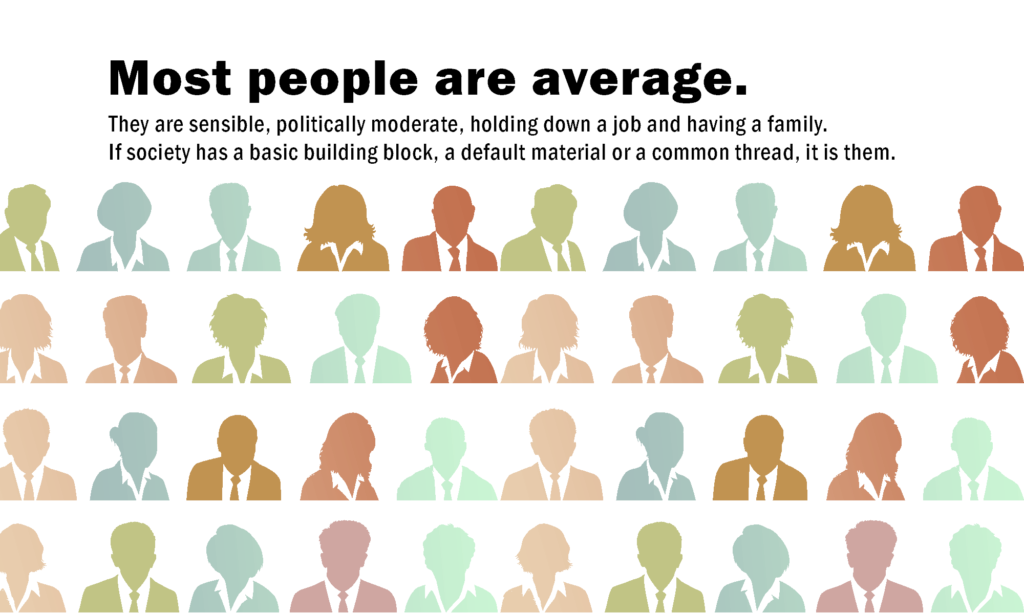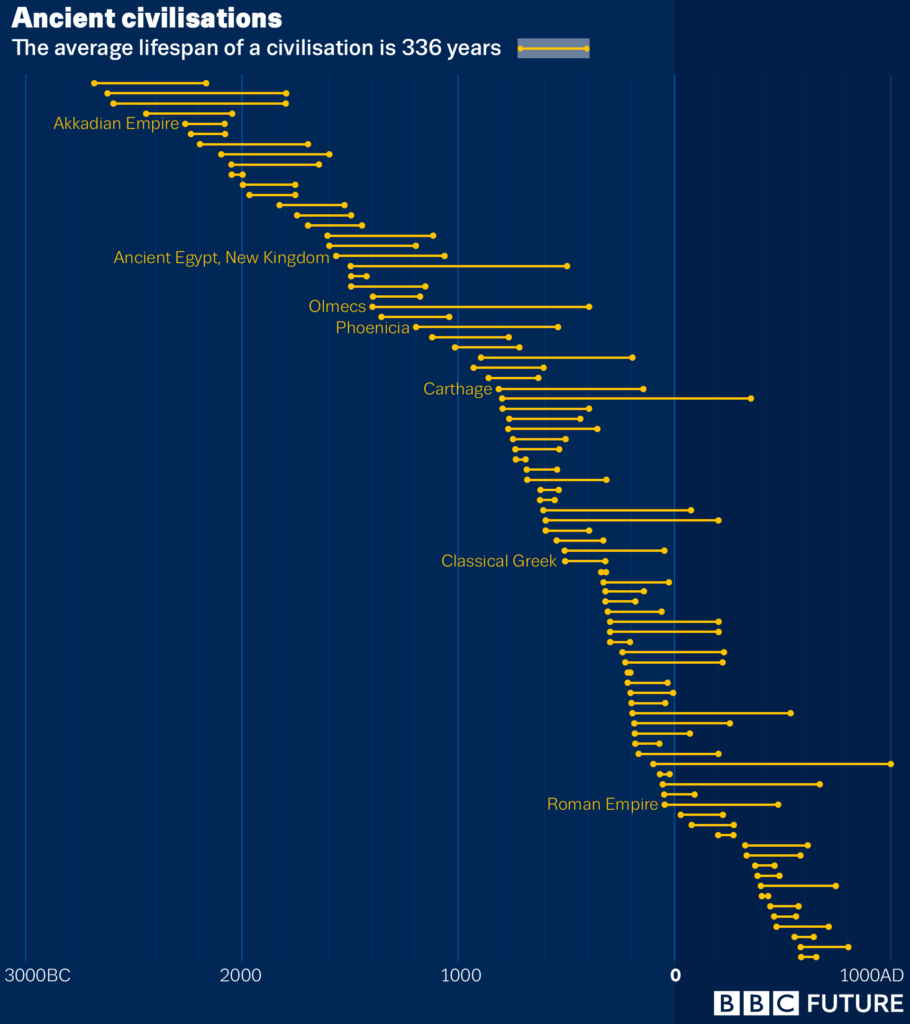The Community Organism
A community is a self-organizing being. These posts focus on the connection between our ordinary behaviors and the way they knit together a “superorganism” via unconscious participation.
The advent of life on earth was a revolutionary uptick in the complexity of the universe. It was unlike all that preceded it but it wasn’t much to look at. It remained that way, asexually replicating till time itself grew bored and wished to go do something else.
At last another revolution appeared… a revolution of making new and different things forever: Sexual reproduction.
Top priority was making new combinations of life and new combinations out of those combinations. Obviously, any organism capable of sexual reproduction has to have a reproductive system. This is the HOW. If all we had was the HOW, the revolution would fail for want of a WHY. What is the WHY of sexual reproduction?
You look beautiful tonight, that color is incredible on you. God, you smell good. In this light, you look like an angel. I never thought I could feel this way. Kiss me.
The WHY is Attraction, Desire, Approach, and Embrace. Without desire, life would have stopped evolving at blue-green algae. Let’s imagine that nature herself wants sexual reproduction to succeed in spreading innovation, diversity, and beauty in an ever-expanding wave around the world. The first thing SHE has to do is make everything want it as badly as she does.
And Nature said, “Let there be lust”. Continue reading
In the film “The Matrix”, the agents were the guardians of the status quo: The avatar embodiment of defending their hive. When aware of a crime, the ordinary humans nearby would violently morph into agents and jump into action.
Just like us.
Every one of us can be triggered into becoming Agent Smith, and probably has been multiple times. Embodying Agent Smith means sufficient pressure on your “that aint right” nerve to pop out of our usual peace preserving, deferential, social style into “Stop that immediately!” intervening authority. Unlike the agents, we don’t have a flat, universal scale of good and bad. We have one spectrum of “How much do I disapprove of this?” and a related “How much am I going to express that disapproval?” Imagine a naked person wandering through your neighborhood holding a beer. You notice and immediately go alert like a watchdog because this person has wandered out of social bounds and become unpredictable. Automatically you are scanning for story and probabilities. Are they drunk? Hurt? Crazy? Just don’t give a fuck? The spectrum of response is something like this:
Meh. | Passively watching | Yelling a joke at them: “Did you forget something?” | The scowl | The yell from the sidelines | The run up and ask if they are OK | The run up and angrily confront them | The call 911 | The Whup-ass
There are human communities where wandering naked with a beer evokes nothing more than “Hey, Hugh.” and others where you might very well be killed. A parent beating a child in public will immediately attract an angry, protective crowd…here. An immodestly dressed woman (by local standards) may get a glare here, or a beating there. Social norms are set where the response gradient settles toward a dense single color. It is the point where most people would dare to respond without fear of violating another norm, and a flash mob of strangers would likely mirror their mood. Where the gradient becomes a solid, that is the center of gravity for cultural opposing force. It is the social dew point or flash point.
It’s one of those emergent effects of scaling up a personal reaction to a community level. While some cultural powers reinforce these standards from above, like all emergence it is a bottom up phenomena.

Do not pick those flowers. They aren’t yours.
In a few other articles I’ve made the point that random millions of people having babies with other random millions of people give birth to consistent percentages of neurological and psychological types relative to the population at large, generation after generation. Some of these groups are defined as disabilities or pathologies. Example groups ADHD, and ASD are disabilities, sociopaths are seen as pathologies…it’s the second part of the name! They are generally thought to be caused by failures of infant development to complete normally and a pretty strong genetic connection. ASD is the obvious example of a spectrum disorder. Predictable numbers of ASD people are born year after year.
Clinically ASD includes a short list of recognized levels of the disability which exist along a continuum of severity. There’s a break here between the small range of what’s accepted as proven medical science to be autism and the much broader range of people who are legitimately diagnosed as autistic even though they are much higher functioning than the accepted range. It’s tacitly understood by therapists, teachers, parents, etc to be a section of spectrum that could be positioned at the end of the current spectrum and just pick up where it leaves off and run all the way out to those who have a few touches of these traits but are otherwise completely normal. That makes sense as the autism spectrum. I’m grandfathering ADHD in on this spectrum because 80% of high functioning autistics also have ADHD. Continue reading
The Part that Sounds Sensible
- The Learning Perspective: B.F. Skinner is the theorist behind the flat mechanics of the learning perspective. He argued that adults shape the speech of children by reinforcing the babbling of infants that sound the most like words and that children learn language from punishment and reinforcement. B.F.Skinner was a behaviorist who’s only tool was a hammer and theorized that every type of behavior was a nail. His theory of language through conditioning briefly dumbed down the whole conversation.
- Interactionist Theory: Interactionists argue that language development is both biological and social; That language learning is influenced by the desire of children to communicate with others. This drive to communicate and share is a powerful motivator. The mistake is concluding that this motivating desire is a causal force rather than a related and helpful one.
- The Nativist Perspective: Developed by Noam Chomsky. He argues that humans are biologically programmed to gain knowledge and that all humans have a language acquisition device (LAD). The LAD contains knowledge of grammatical rules common to all languages. The LAD also allows children to understand the rules of whatever language they are listening to. Chomsky suggests that universal language acquisition behaviors in humans reveal that it is innate. Obvious but unseen till Chomsky.
- The Language Instinct: A 1994 book by Steven Pinker. He argues that humans are born with an innate capacity for language. Pinker sees language as an ability unique to humans, produced by evolution to solve the specific problem of communication among social hunter-gatherers. He compares language to other species’ specialized adaptations such as spiders’ web-weaving or beavers’ dam-building behavior, calling all three “instincts”. In calling language an instinct, Pinker means that it is not a human invention in the sense that metalworking and even writing are. While only some human cultures possess these technologies, all cultures possess language.
You (make-believe loyal reader ) know I am absolutely sure that language is innate. There is a circular but sensible reason it is innate. Everyone has to talk because everyone else does. Language is an essential survival trait in a social species. That means It is too important to leave it up to us. Can you imagine if children had to depend on parents to ensure that they could speak? There would be a large random distribution of mute humans everywhere, trying to get by. The same forces that guarantee the action of your heart and lungs provide you with an automatic phase of intense language acquisition that clicks on when your body says it is time. Continue reading
Aerial time lapse of the Nam Pan market, Myanmar
 John Allen Chau was a 27-year-old American missionary from Vancouver Washington who dreamed of bringing Jesus to the hostile tribe on North Sentinel Island known as the Sentinelese. In a sense, he did, before dying in a volley of arrows. This is a story about many things, including several that are regular subjects of this blog. Buried in this sad stupid story is a raw example of tension force. If you’ve been following that idea, see if you can find the brief area where it comes into focus here.
John Allen Chau was a 27-year-old American missionary from Vancouver Washington who dreamed of bringing Jesus to the hostile tribe on North Sentinel Island known as the Sentinelese. In a sense, he did, before dying in a volley of arrows. This is a story about many things, including several that are regular subjects of this blog. Buried in this sad stupid story is a raw example of tension force. If you’ve been following that idea, see if you can find the brief area where it comes into focus here.
Sentinel Island is 700 miles off India’s mainland. It’s illegal to go there because:
A. They attempt to kill anyone who tries and succeed fairly often.
B. They are an uncontacted hunter-gatherer society, a stone-age tribe of humans who know not a goddamn thing about the messy, stressed out human hives buzzing around them. This makes them a rare treasure despite their murderous diplomacy. What’s in it for us? The mere fact of their untouched existence is like a unicorn in a sacred grove. They exist like the long-hidden heart of wild humanity, steadily beating without us. They aren’t chained up to our machine: They have never tasted the poverty or long hours of the shitty, non-essential work they would be assigned on the periphery of our world. They have an unshared language, names, totems, myths and stories buried deep in the secret world of their lives. They laugh at things, they undoubtedly sing. They track the moon and watch the stars. They surely have a name for us and our crazy machines and our snooping ways. And they have a policy toward us: FUCK OFF!
But there’s a much more important reason not to contact them. Officials say the islanders have lived in isolation for nearly 60,000 years and therefore have no immunities to common illnesses such as the flu and measles. Advocacy group Survival International said that by contacting the community, Chau may have passed along pathogens that have the “potential to wipe out the entire tribe” of about 50 to 150 people. Continue reading
A fascinating glimpse at the first Americans via genetics. They crossed the Bering Strait and shot off in all directions. A body from Nevada turns out to be very closely related to a body found in Brazil, across the equator…a few hundred years later. Close relationships were found between people who lived 10,000 years apart.
Crossing From Asia, the First Americans Rushed Into the Unknown
By CARL ZIMMER November 8, 2018
Three new genetic analyses lend detail, and mystery, to the migration of prehistoric humans throughout the Western Hemisphere.
Some early peoples came 20,000 years ago and died out, their DNA never found again. Some stayed in Alaska or doubled back to it later, apparently soured on the American dream. This article describes the adventure and sweep of this virtual gold-rush of a migration.
Crowd control at a huge event in Japan.
Through the long human story, we find our ancestors living out several different basic strategies, each more complex than the last. The transition between is often a transformation.
- Paleolithic
- Neolithic
- Village
- Town
- City
The Paleolithic (Old stone age) is the longest period of human experience. In this phase, we hunted and gathered. We were nomadic or semi-nomadic. We lived in small groups and made decisions in a relatively open, egalitarian way. The distance between headman and tribesman was minimal. This long phase of our time was spent getting a toehold and spreading all across the earth. The earth could never have been as densely populated by people as it is now if this strategy had continued. The “carrying capacity” of a small nomadic group is very finely balanced on a knife-edge of luck and skill and the relationship between the number of mouths to feed and the available food would have been constantly on everyone’s mind. Sick babies would likely be abandoned and sick elders in hard times would “walk out on the ice flows” to improve the odds for their families. The level of complexity in this life was low, the number of places where their lives overlapped and engaged with others was minimal. Strangers were serious business. The Neolithic picks up exactly where this leaves off. Continue reading

